The Article
Soundeck Platter Damping Service
11th March 2022
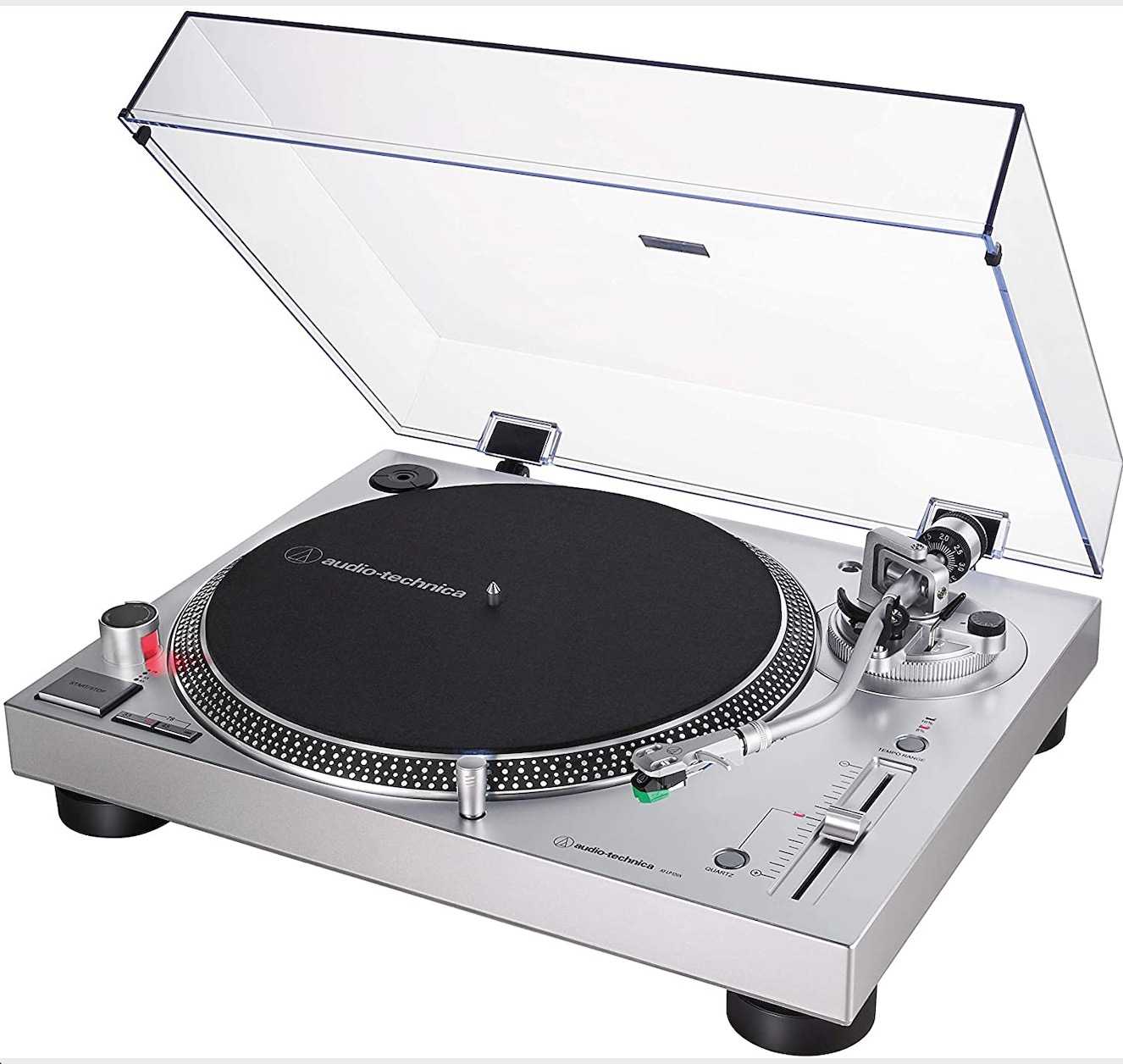
Looking to upgrade your turntable? Adding damping underneath your turntable’s platter may very well enhance its sound quality
In this feature, I’m looking at a turntable upgrade from Soundeck. Specifically the turntable’s platter – the thing your record sits upon. And the upgrade is? To damp the platter. Specifically, to add damping underneath the platter.
This is a new service from the UK outfit, Soundeck. The very same company that sells the well-received PM Platter mat and the DF Damping Isolation Feet.
LET’S BACK UP
Before we get into the specifics of the service and talk about costs, allow me to provide a bit of background. Why do you need to damp your turntable platter, what does it mean and how do you go about such a thing?
Like most things in life, balance is what we seek. Too little of anything is often not good for us. Similarly, too much of something can be equally destructive. That’s certainly true for the vibration in and around your hi-fi. Without vibration, we wouldn’t be hearing music at all. Too much of it though can make the vibration itself dominant. It then gets in the way. It veils the sound quality you’re looking for from your HiFi.
You can hear this yourself if you walk into an empty room and clap your hands. With sound bouncing off all of the walls, ceiling and floor, the resultant echo can be pretty horrific in pure sound terms. I had to damp my listening room, for example, before I could use it to listen to my HiFi and use it for my work.
The same issues and problems occur around all of your HiFi components. Your turntable is no exception.
Hence, controlling vibration should be an active part of building and constructing your HiFi. This is why ancillaries and accessories are important. To control destructive forces like vibration. This is why turntable upgrades are generally seen as a benefit.
So what exactly are upgrades, in general terms, and why are they even a thing? Upgrades are those items, generally supplied by third-party companies, that can be added and fixed to a turntable to enhance the sonic and/or working performance of that turntable. They are offered for sale at varying price points. They are also the items that the manufacturer could not add or implement because the initial build budget couldn’t stand it. No HiFi manufacturer works with a bottomless pit of cash. Priorities have to be made and not every engineering wish can be fulfilled. The accountants won’t allow it. Again, think ‘balance’.
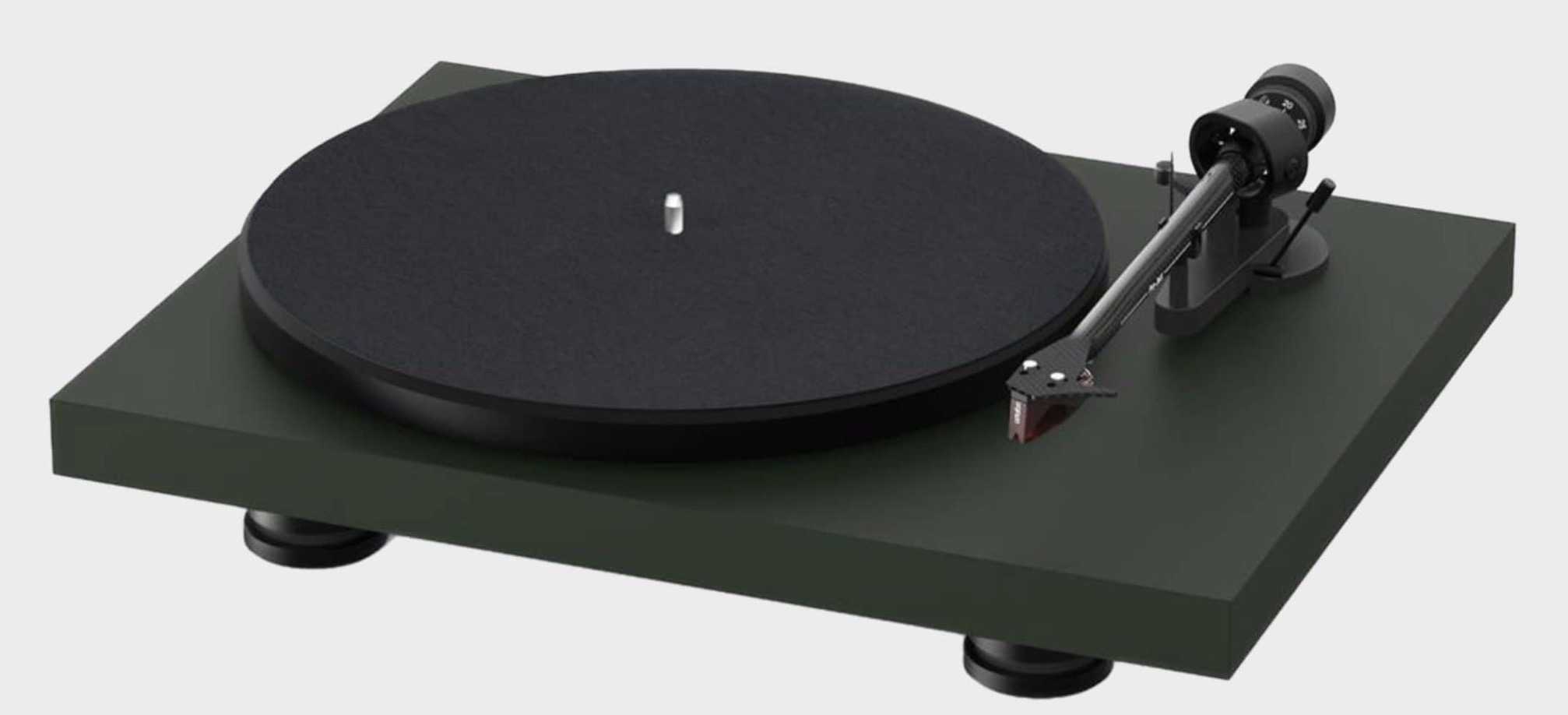
If you want to feature a particular enhancement, a useful upgrade, one that the brand did not include on your turntable, then it’s up to you to sort it out.
This is why I go on about upgrading your power cables, your phono cables, your isolation feet, the platter mat, the cartridge and now? Enhancing the platter itself.
Not every platter will need such attention. Both of the turntables I’ve recently reviewed, the Pro-Ject Debut EVO and Pro-Ject Debut Pro have already received treatment. Both include sound enhancing materials. Both include platter damping. To maximise the sound quality.
But what if your turntable does not include any sort of damping? What do you do then?
Well, you can upgrade the platter mat. That will be a good start. It is highly recommended.
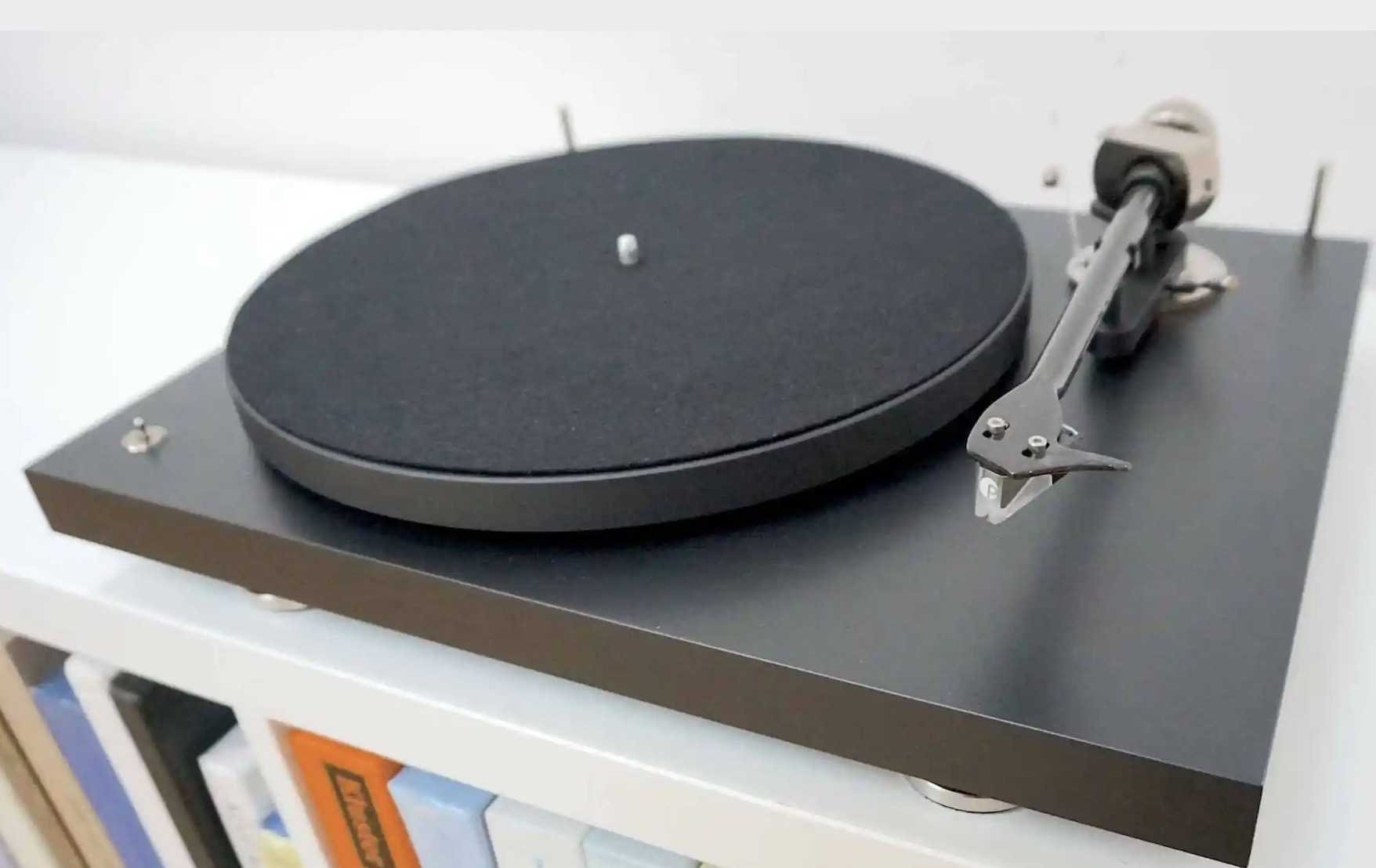
The platter mat can’t do it all, though. Look at the turntable designs I have already mentioned, as examples. Both include platter damping and a decent platter mat. You need attention from both sides of the platter to cover all bases above and below.
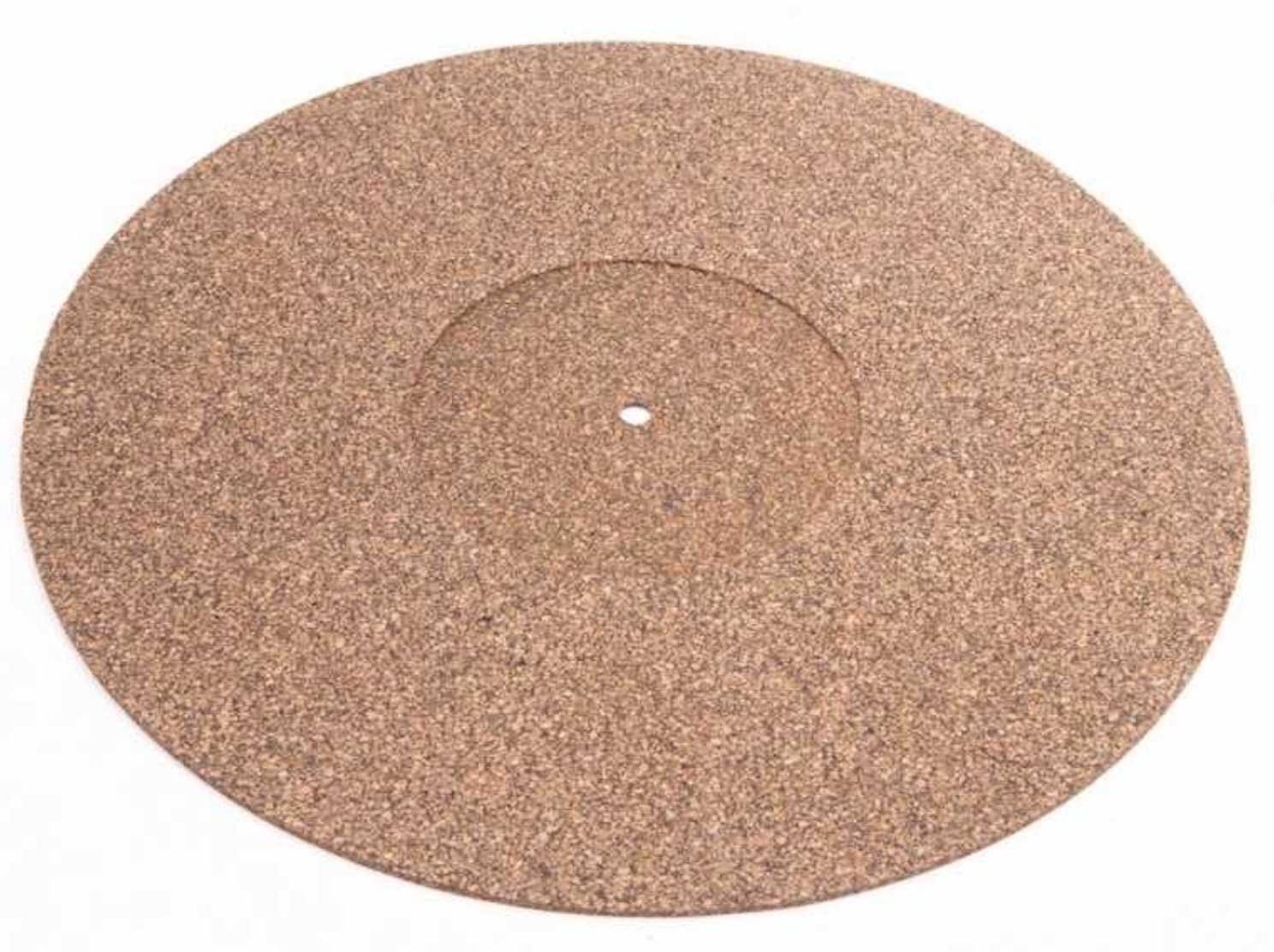
So if your platter needs damping, what do you do? Well, you can seek out sorbothane sheets. I’ve seen this stuff on the likes of eBay at various sizes and prices. I’ve yet to fully test this material so I don’t know how it performs. I’ve seen it for sale in different size sheets with thicknesses ranging from 1mm to 4mm. I don’t know how effective it might be or if the relatively broad thicknesses of some sheets might change the performance of the platter in any way. It’s certainly an option and one well worth investigating. I hope to look into it in the future.
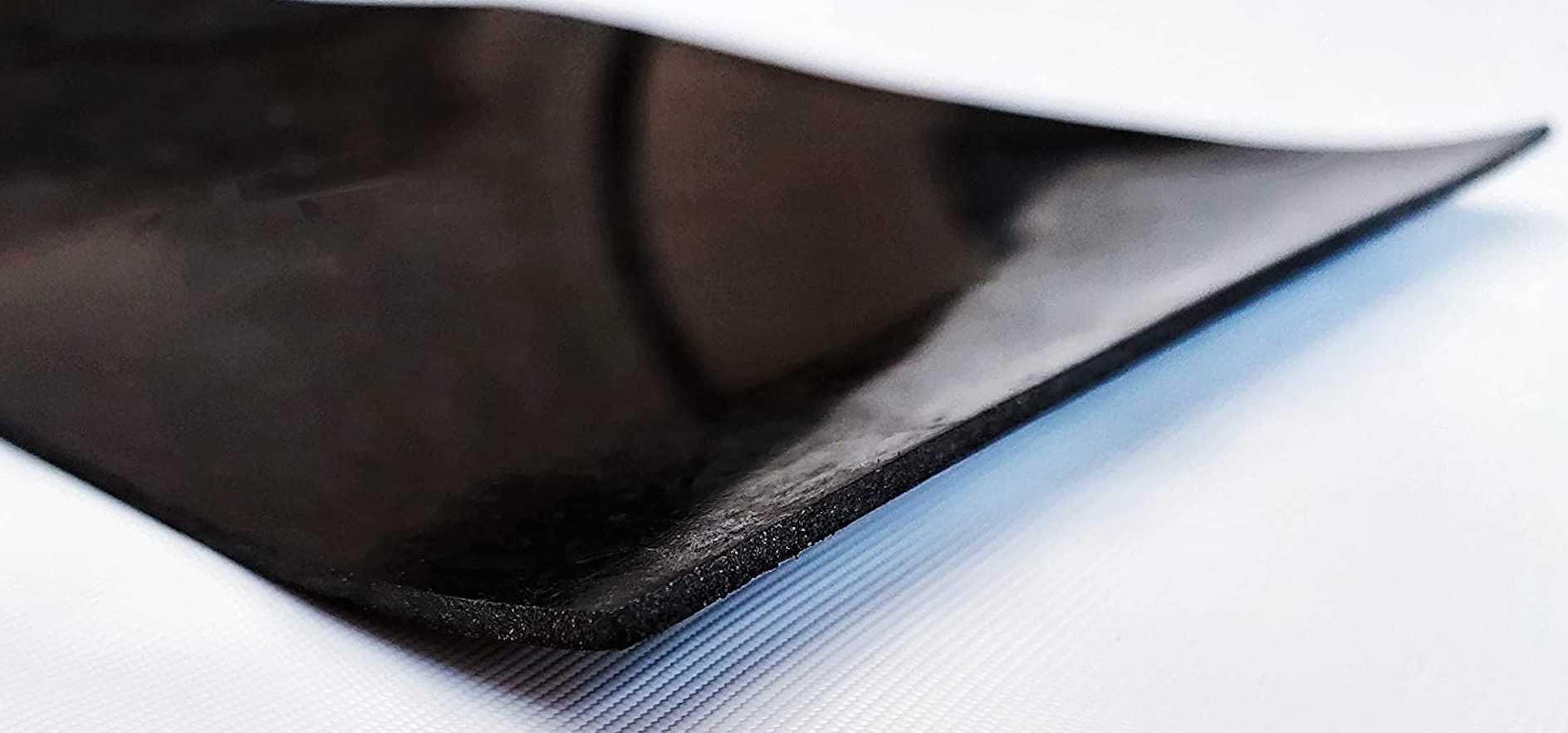
You will need to cut the sorbothane to shape yourself, though. I don’t know how easy or difficult that might be. I’ve yet to get to that point.
There is an alternative though, the new service from Soundeck.
SOUND…WHO?
In case you’re unaware, Soundeck is the HiFi arm of a heavy industry company called Sound Damped Steel who supply sound damping materials for major installations like underground railways, gas pipelines, large factories and more.
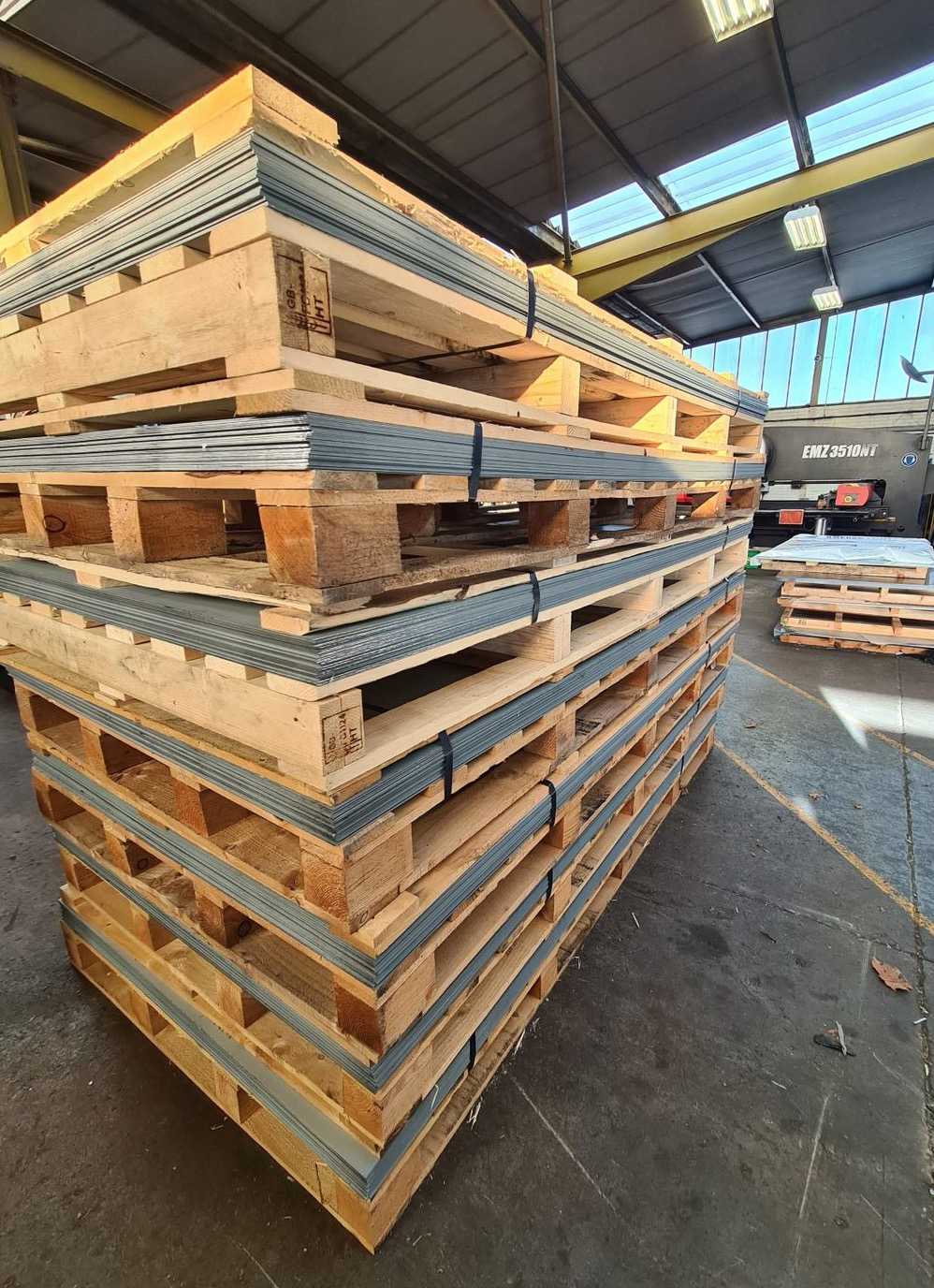
This is a company who apparently shipped steel to China (not from it, as most people do) in the week I was testing their damping product. Which is an achievement in itself, I reckon! The reason the company is into HiFi at all – and it does seem a little odd on the face of it – is because the owner (Les Thompson) is a HiFi fan. So Soundeck is his pet project, as it where. Which is to our benefit.
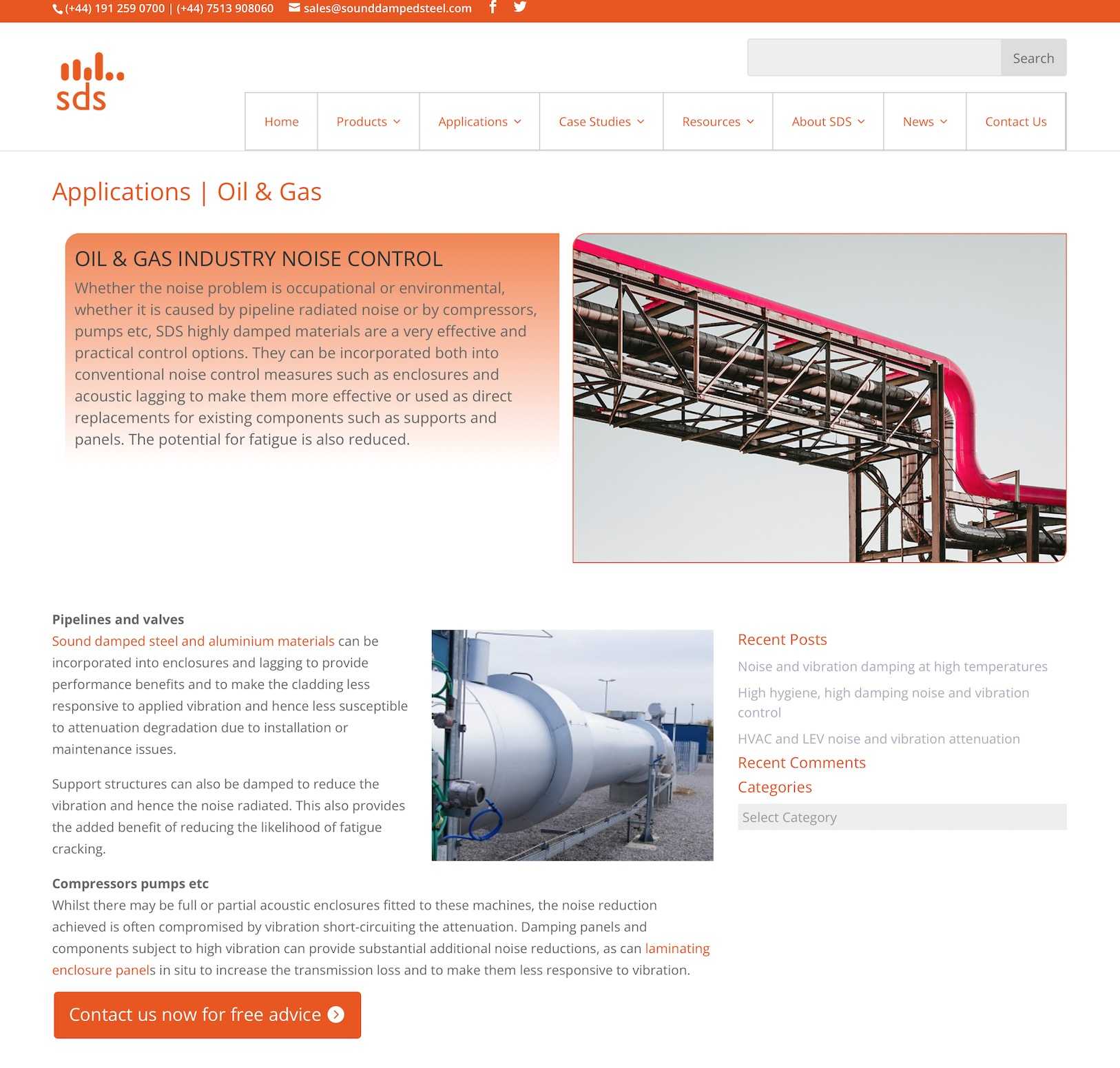
Now he’s back with a third release. Soundeck is offering a new damped platter service. The material itself is very thin damped steel of 1mm thickness. It uses the same sort of damped steel approach as the Soundeck PM Platter mat and isolation feet. Well, it’s a material the company knows best, after all.
THE SERVICE: HOW IT WORKS
So how does this service work? In short, the idea is that you tell Soundeck what platter you have and they ship a bespoke bag of parts to fit your platter. You then stick the parts underneath your platter and you’re good to go. That’s the general idea.
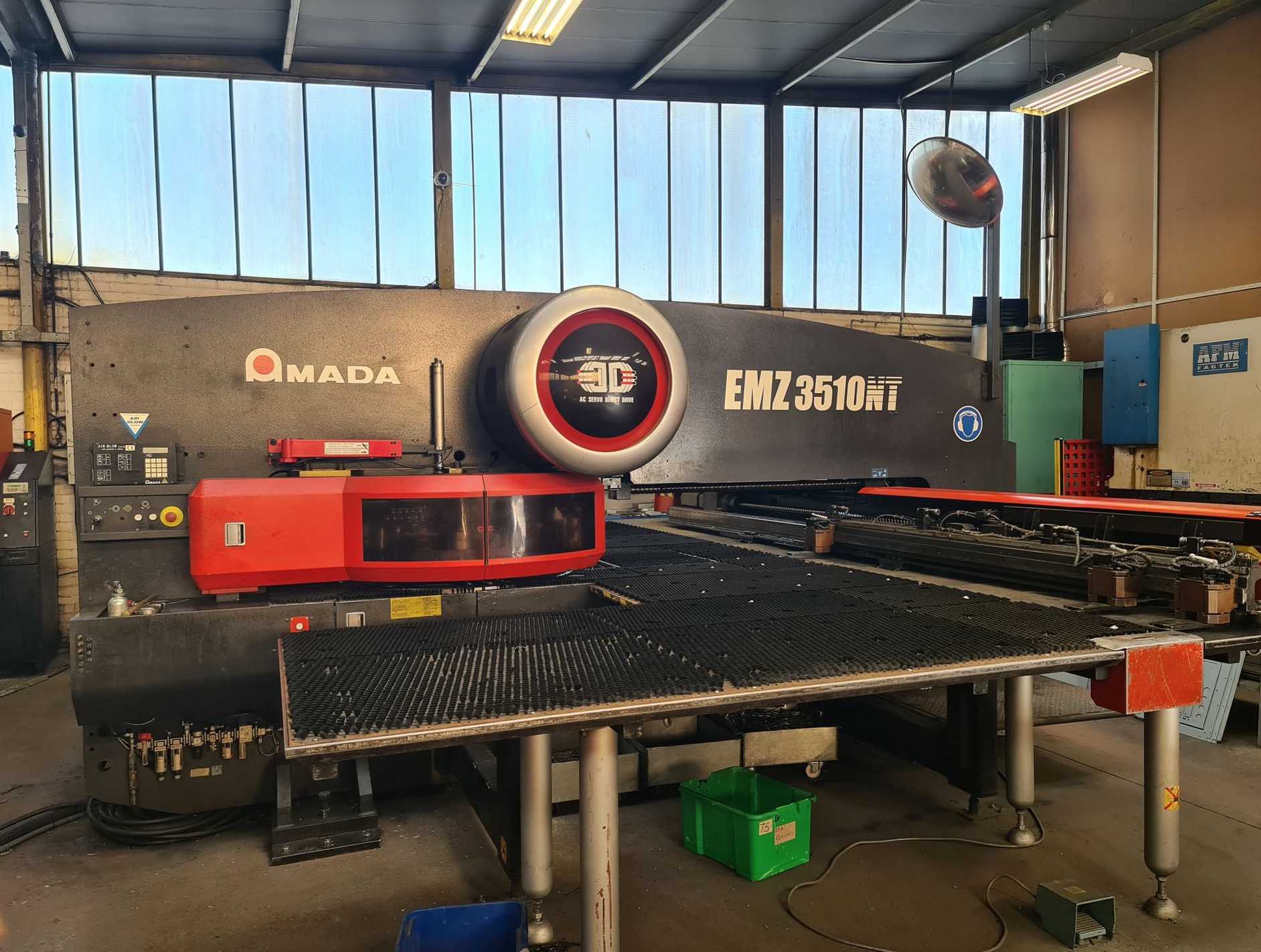
OK, so how does this work in practice? To begin, you need to email Soundeck. Tell them what turntable you have and send an image of the underside of the platter. In that way, Soundeck will know what space needs to be covered. What Soundeck will then do is put that underside pattern into their CAD software, then use that to program their CNC machine. That will give the CNC machine unique cutting instructions for your platter.
Soundeck will ask for £30 plus postage. That postage might vary a little, depending on the size of the required pieces. You will then receive a pack of shaped sound damped steel pieces that you can then stick to the underside of your platter. The pieces are sticky on one side with a protective, peel-off coating.
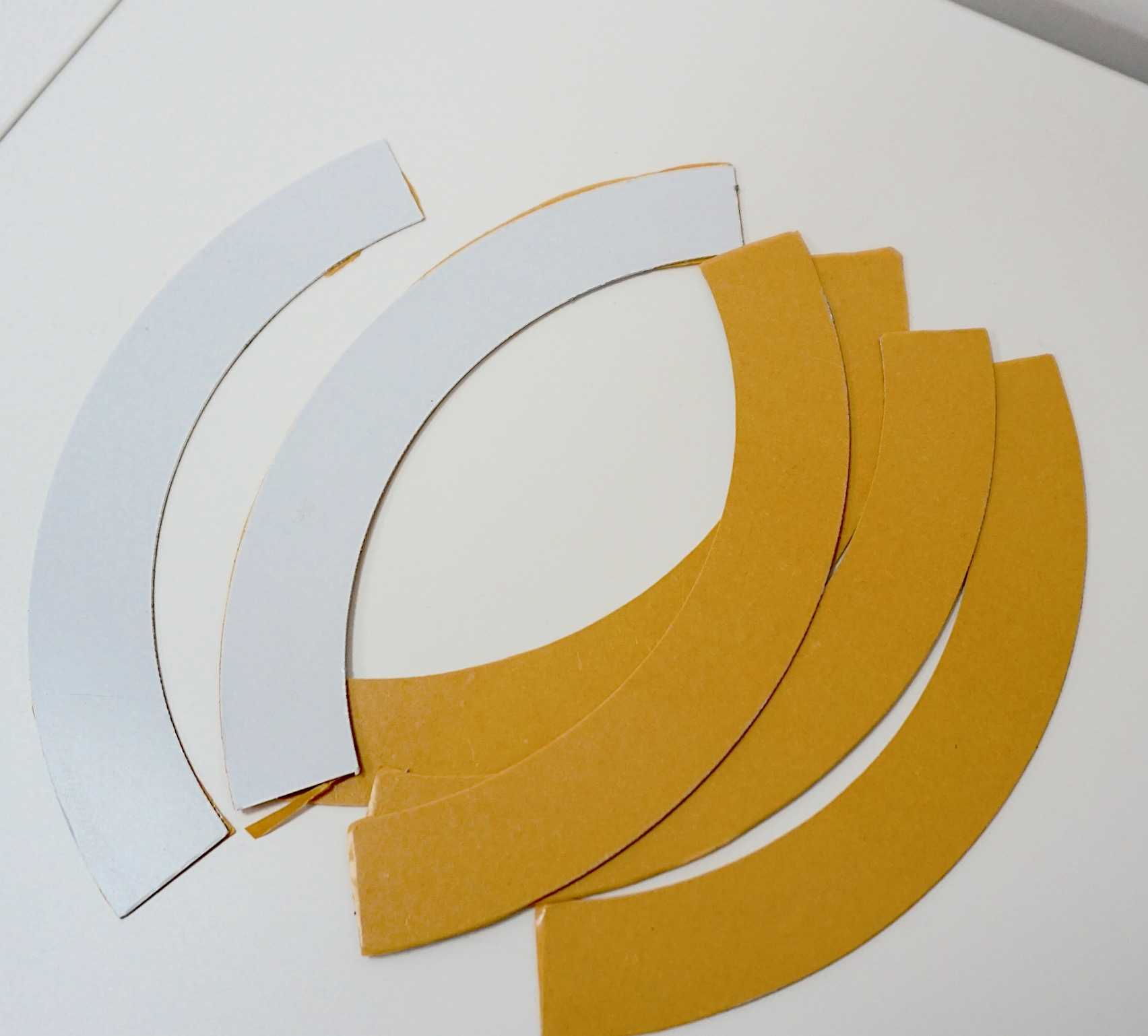
When you receive your pieces, don’t throw off this protective layer with gay abandon. Make sure you do a dry run so you know where each piece will fit – actually do a few dry runs to make completely sure you know where these things are going. Then peel off the coating and carefully fit each piece. Then press down and evenly press across each piece to secure. The adhesive is strong stuff so I’d recommend lots of practice before you commit. Resiting will not be an option (well, maybe with difficulty). When this stuff sticks. It sticks!
To help you in terms of fitting, Soundeck will take that image you sent earlier and will make a template plan for you, marking the areas on your photo, where the pieces need to fit. So you’ll have a set of bespoke plans just for your platter.
Some of you might wonder if it’s possible to just send your platter to Soundeck and let them sort the fitting. It’s possible but the postage – especially these days – would be too high. Possibly an additional £30 or more. Which would make the whole concept unviable for you and Soundeck. Hence, this is the best and most cost effective way.
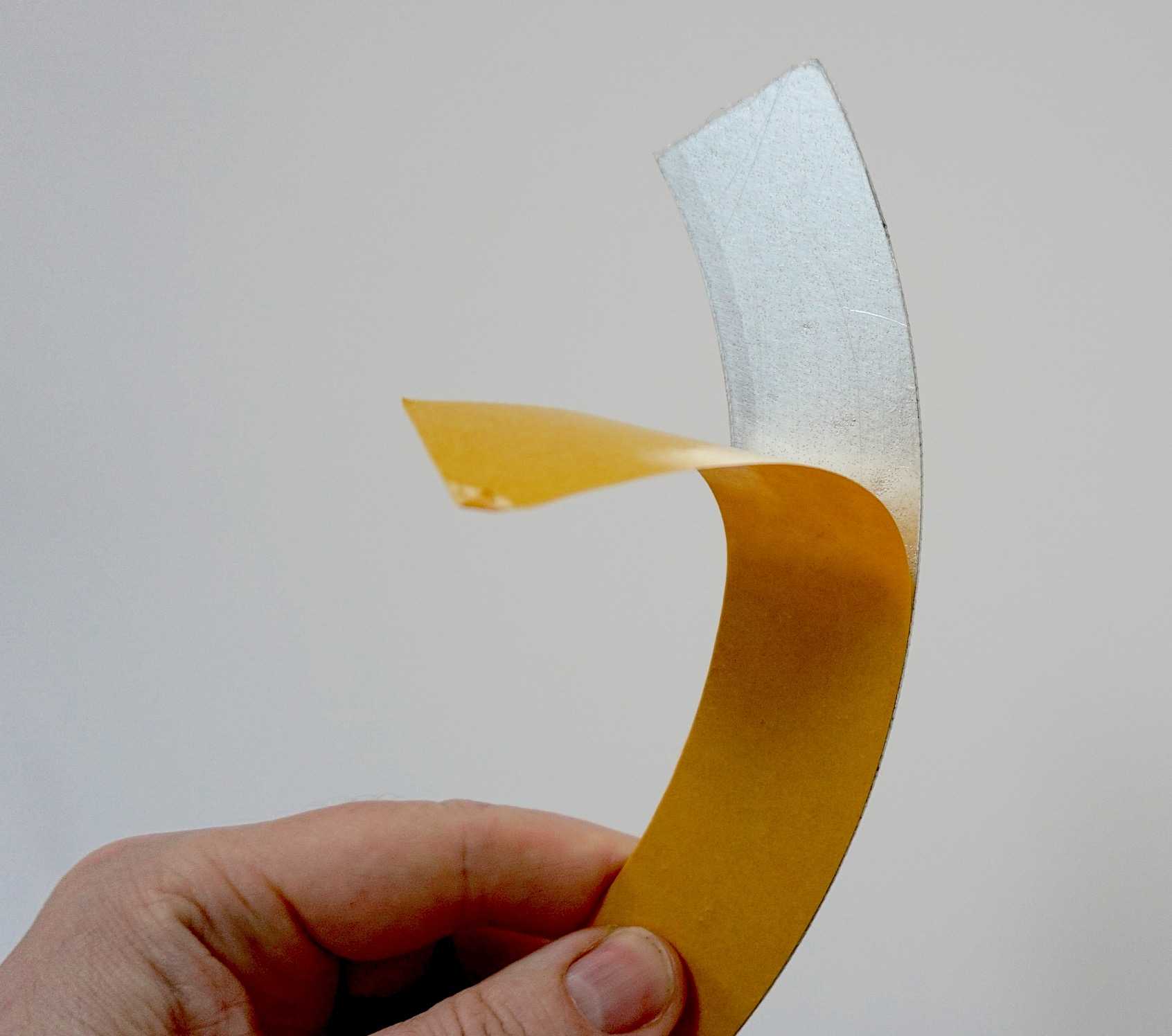
The good thing about Soundeck is that they are happy to have a conversation so, if you have additional questions, worries or concerns then you can email the company and they will help you as much as possible.
There is one caveat in all of this that may cause a problem. Not all platter undersides are smooth and uniform. Some arrive with oddly shaped and formed pits and knobbly bits sticking up in weird places. So not all platters may be be able to be covered. Now, any damping is better than none at all. Your platter doesn’t have to be fully covered in damping plates to offer sonic benefits. Problem is though, the more complex the underside of the platter is, the more work and effort that is needed to fill a complex platter area, the less viable it becomes for Soundeck. There’s (once again) a balance here.
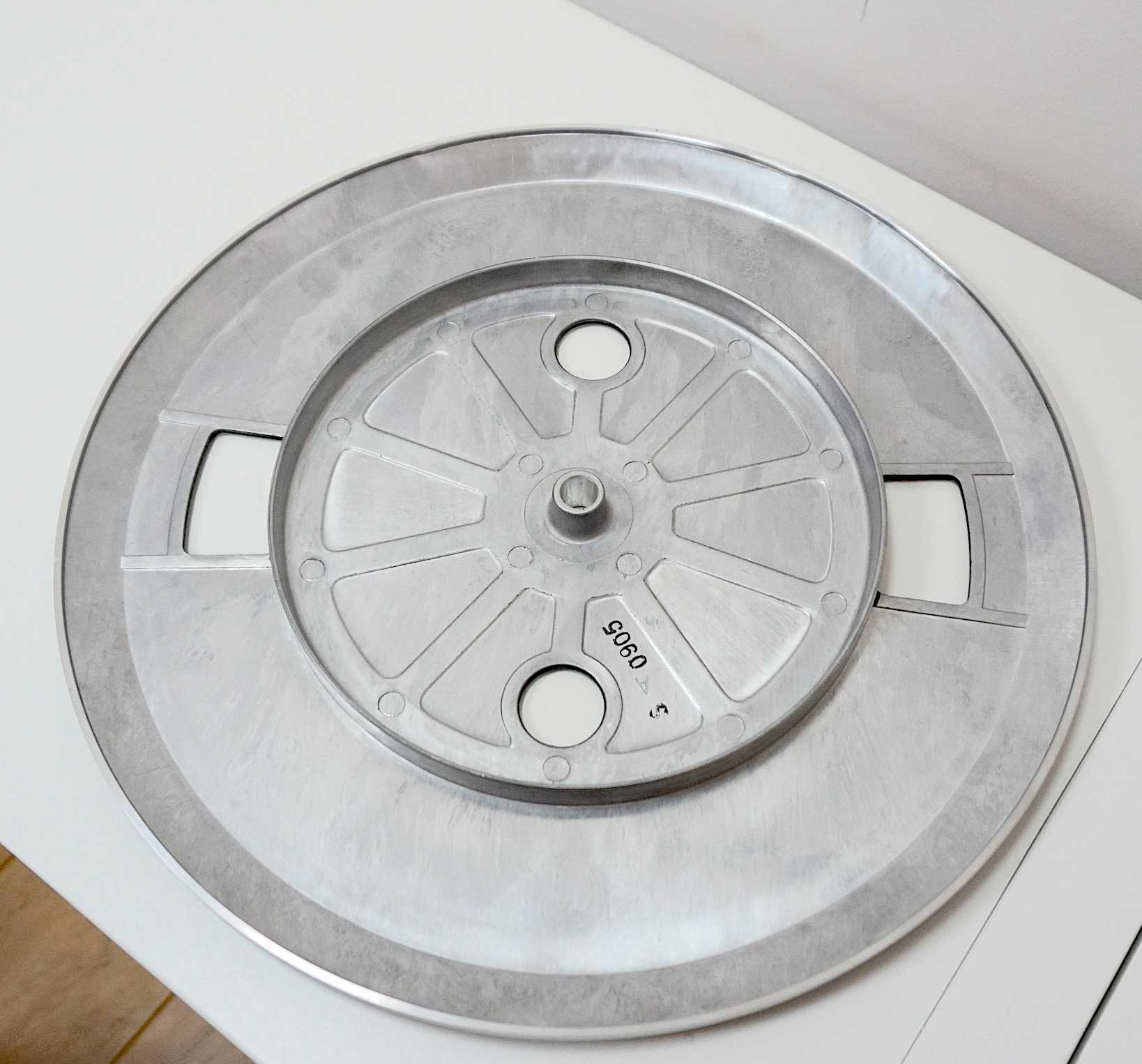
If you want your platter to be damped by Soundeck but you think your platter might be an issue then, once more, have a chat with Soundeck. Send an image, talk about your concerns and see what they say. Soundeck might say that your platter is unsuitable or you might be able to come to an arrangement. In business terms though, this service has to be viable for Soundeck to offer in the first place. There has to be some profit in it for the company otherwise, what’s the point and what’s in it for them? So if your platter is just too complex in terms of the underside moulding then it might take too much work to work out a CAD plan and CNC pattern.
Even so, if you’re up for the damping service, even if your platter looks a mite too busy underneath there, it’s still worth asking the question.
LIVE TESTS
Most platters should be fine, though. I grabbed two platters. One from my Lenco L-3808 and another from my Audio-Technica 120x. Actually – both turntables use the same platter. So there’s a bit of trivia for you. Nevertheless, I tested the turntables with and without damping to hear any possible beneficial effects. I also, just for the fun of it and to provide a bit of context, brought in my Pro-Ject EVO’s platter and grabbed a platter from an Audio-Technica 140 (which appears to be fully damped already, being coated with a rubbery substance underneath the platter).
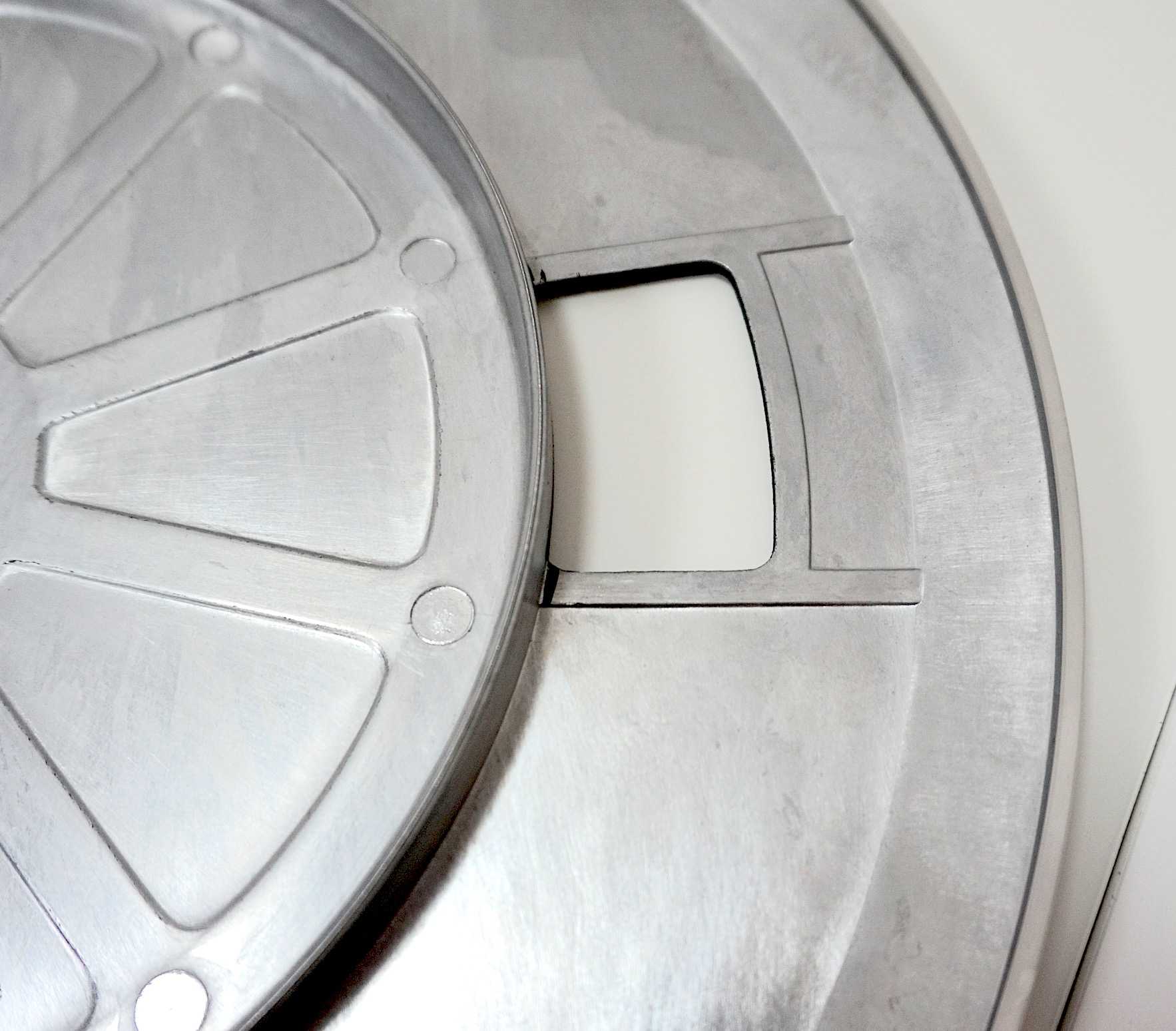
Rather than tell you how these tests occurred, why not have a look and listen yourself via the video below? If you decide to do just that (and you don’t have to watch, of course, you can glean enough from this review without the video), I would advise clicking the video to start it up and then hold and drag the little fuel gauge-like video progress bar. Drag that to the right. When you do this, you’ll see a little window appear above and the appearance of a mini chapter heading, which tells you where you are in the video as the video progresses. When you reach the chapter called Strike Tests – which is around 15 minutes and 13 seconds in, stop there and watch/listen for yourself! The tests last for around 10 minutes but I think you might find the them enlightening.
So that’s the physical tests to gauge vibration and damping but how does the above translate in sound terms?
SOUND QUALITY
I grabbed a copy of ELO’s First Movement (Jumping Biz), an early instrumental that’s useful because it combines Spanish guitar, drums and bass with violins and cellos to offer a complex sonic arrangement.
I tested my reference Lenco L-3808 with and without the damping and heard a difference in a few areas. The largest difference was in the bass. Before the damping, the bass sounded a bit soggy, lacking in form and structure. With the damping, bass tightened up. Now, drums were brisk and formed. The sense of focus was good here. The cellos also were noticeable in their newly formed precision which helped their agility. Earlier, they sounded unfocused and muddy. Now, with the damping in place, the cellos appeared be nimble now.
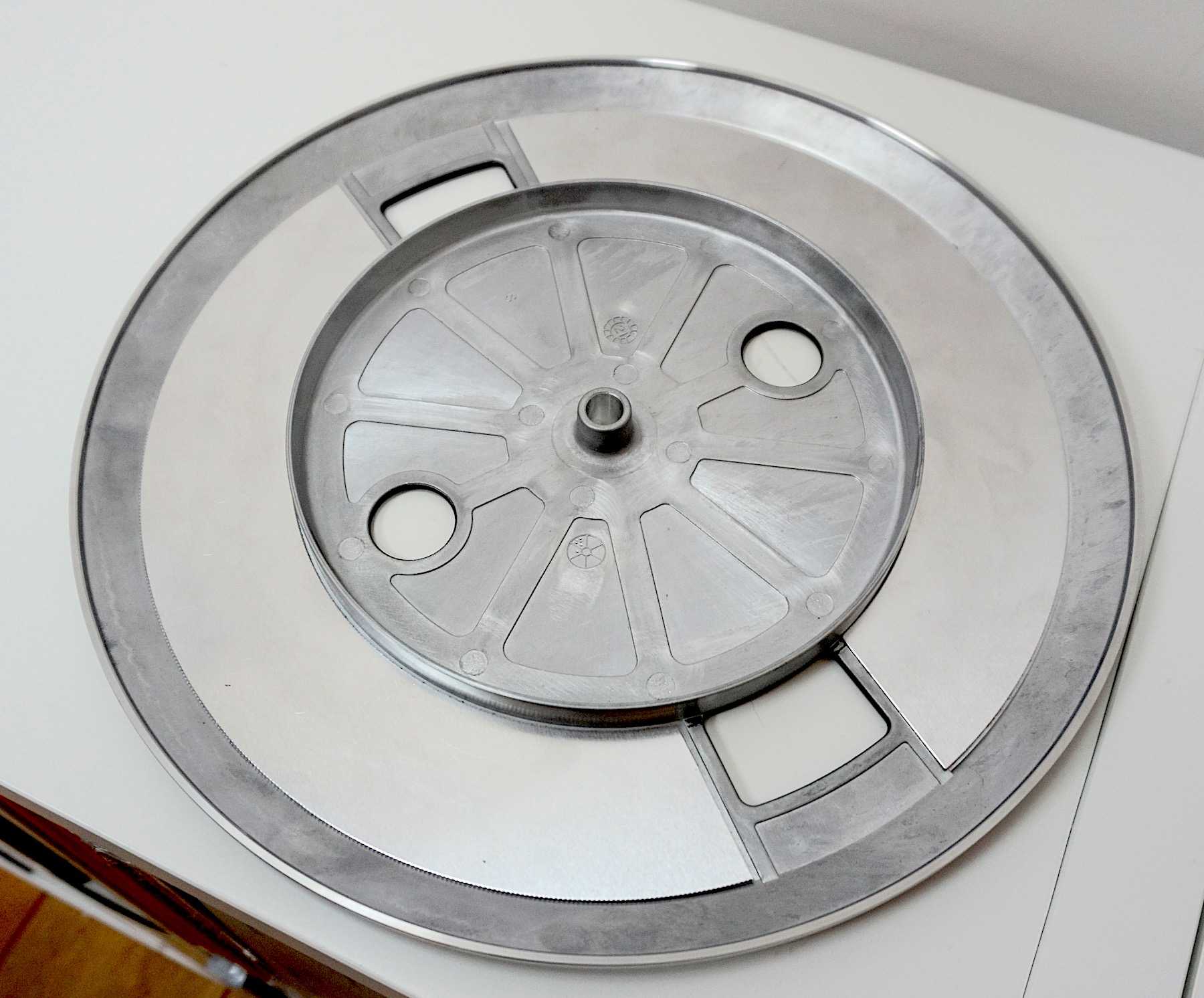
More than anything, the lower frequencies offered more space across the soundstage. The improved focus meant that there was more space in between actual instruements. You could hear the beginnings the ends of each instrument. Before the damping, the bass sounded like a solid block of tone. There was no definition.
The Spanish guitar, before the damping, sounded positively slovenly. As if it didn’t care and couldn’t really be bothered. With the damping, it sounded like it had had a good night’s sleep, was full of energy and raring to go. Strings were plucked with a sense of vigour.
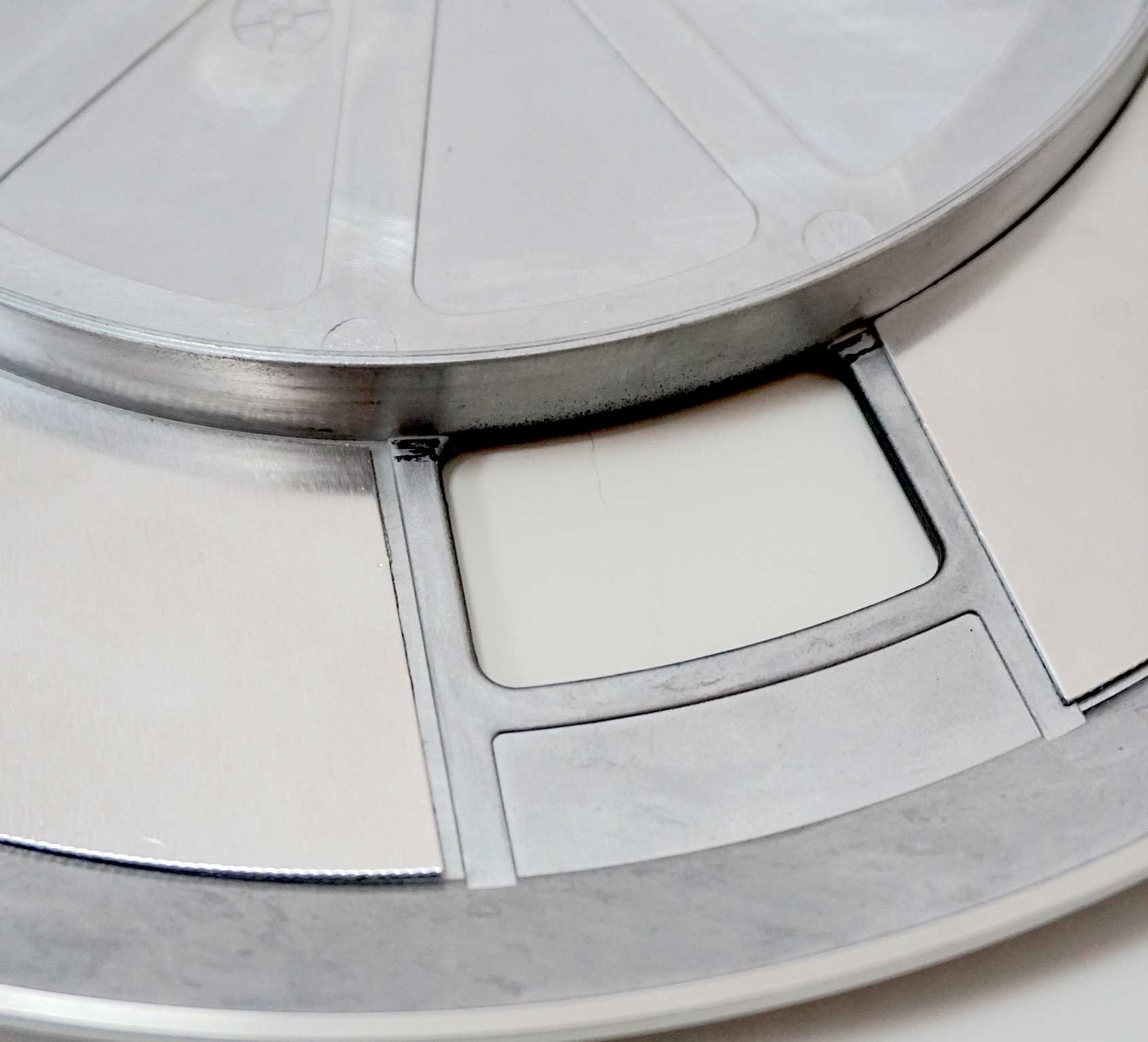
Because the Audio-Technica 120x uses the same platter as the Lenco, I decided to test the pre- and post-damping effects on there too. Partly because it uses an improved elliptical stylus but also because the 120x sounds better in general terms when compared to the Lenco so I wondered if the damping effect might be even more pronounced on such a turntable design.
And yes, once again, the improvements were there and they started in and around the bass regions. Bass was, once again, lively. From a drowsy state, the Soundeck damping offered an energetic and exciting translation of the music. The lower frequencies tightened up in terms of focus too. The thing is, when that happened, the bass no longer bled in its outer edges, in the fringe areas. They were gone now due to that extra precision.
The 120x is, overall, a superior design to the earlier Lenco L-3808 and that allowed the damping upgrade to enhance the sonics still further. The VM95E, as a basic cartridge, offers a greater dynamic reach than the Lenco’s 3600 variant, for example which meant the more detail was available to hone and tone. More information was available to exploit the new-found space. The tonally more realistic bass region now provided a better overall balance.
Both of these turntables benefitted from the platter damping service. I have no doubts that other turntable designs will appreciate the same sort of attention.
CONCLUSION
To temper your expectations, expect improvements but don’t get carried away. This is an upgrade. It works but it’s not like buying a new turntable. It’s a step in the right direction and is supposed to be used in conjunction with other upgrades to push the sound quality of your turntable ever higher.
Nevertheless, the Soundeck Platter Damping service offers ground-up improvements in sonic performance.
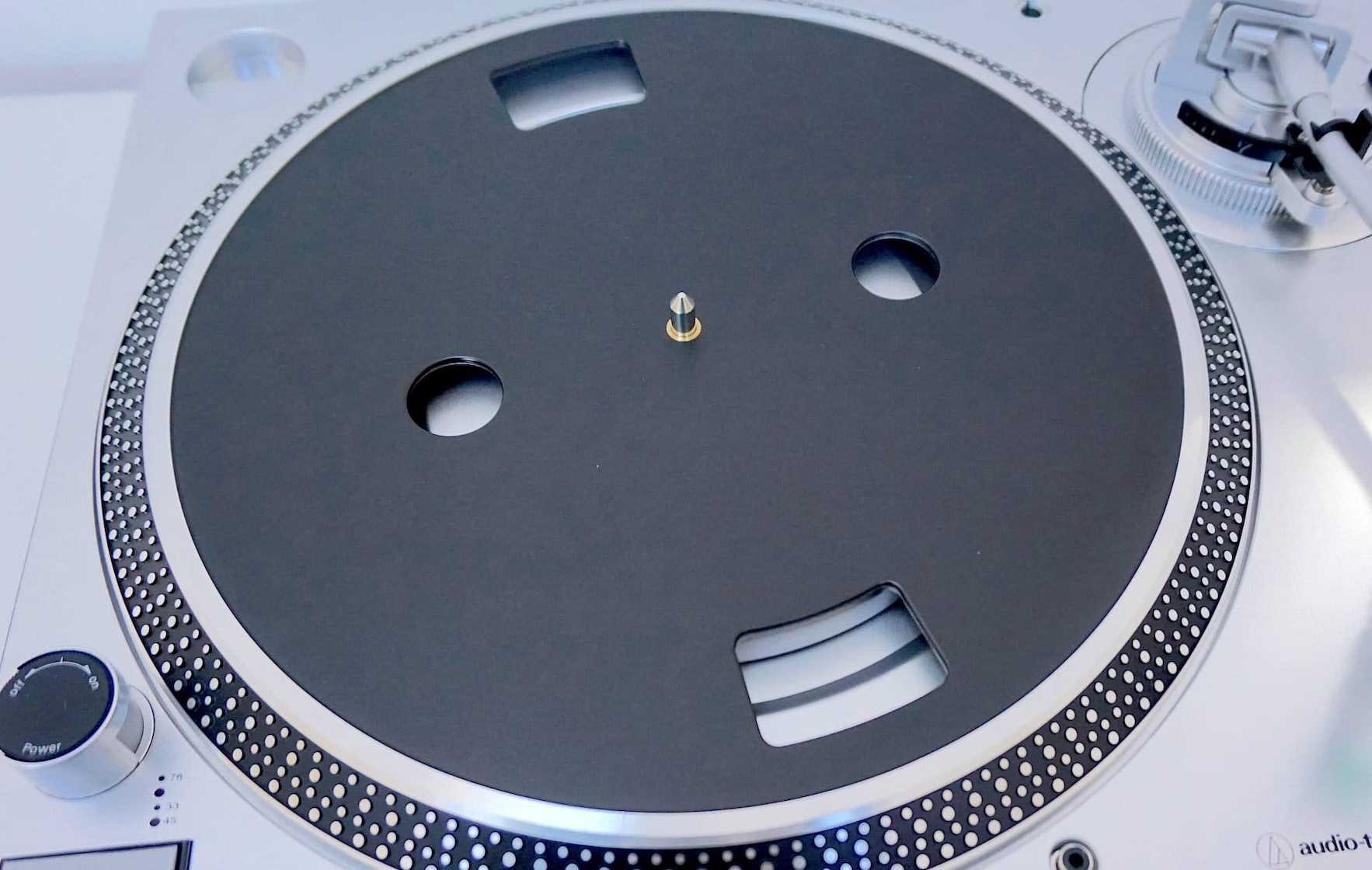
The damping hits the bass first and foremost. It tightens the bass, giving it weight but also speed and punch. That extra focus gives the midrange and treble more room to manoeuvre so the mids offer a similar sense of sparkle. In short, the music sounds new. It sound fresh out of the can. Full of dynamism. This upgrade should be seen as part of general turntable upgrades alongside tasks such as upgrading your cartridge, platter mat, isolation feet and the like.
For the price, the Soundeck Platter Damping service is definitely worth the time, effort and money.
SOUNDECK PLATTER DAMPING KIT
Price: £30 plus P&P
Email: sales@Soundeck.co.uk
GOOD: bass precision, overall energy, timing, soundstage space
BAD: DIY only
RATING: 8
[Don’t forget to check out my Patreon Page at www.patreon.com/audiophileman, for exclusive postings, giveaways and more!]
REFERENCE
Turntables – see above
Tellurium Q cabling
Blue Horizon Professional Rack System
Harmonic Resolution Systems Noise Reduction Components

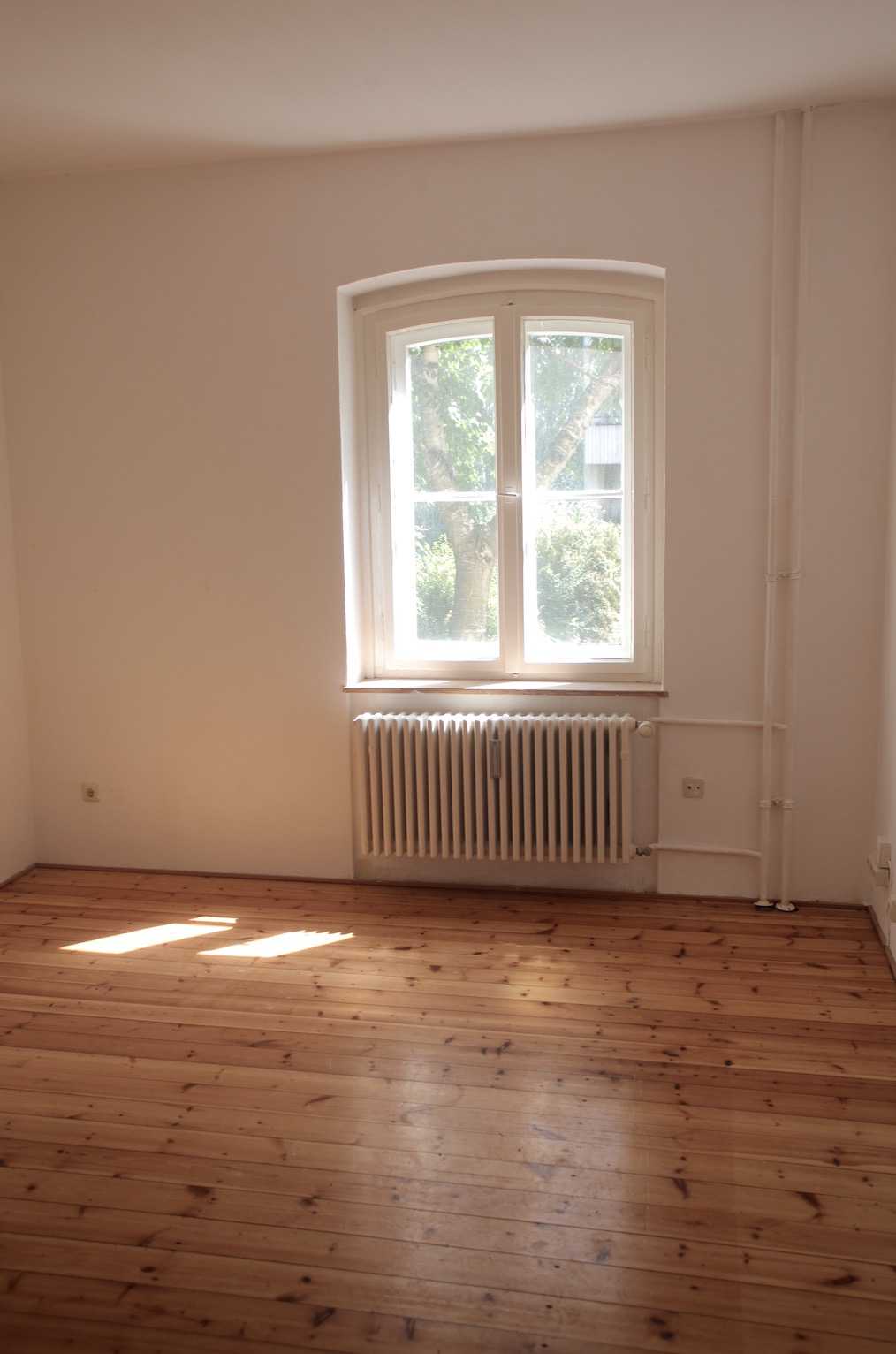
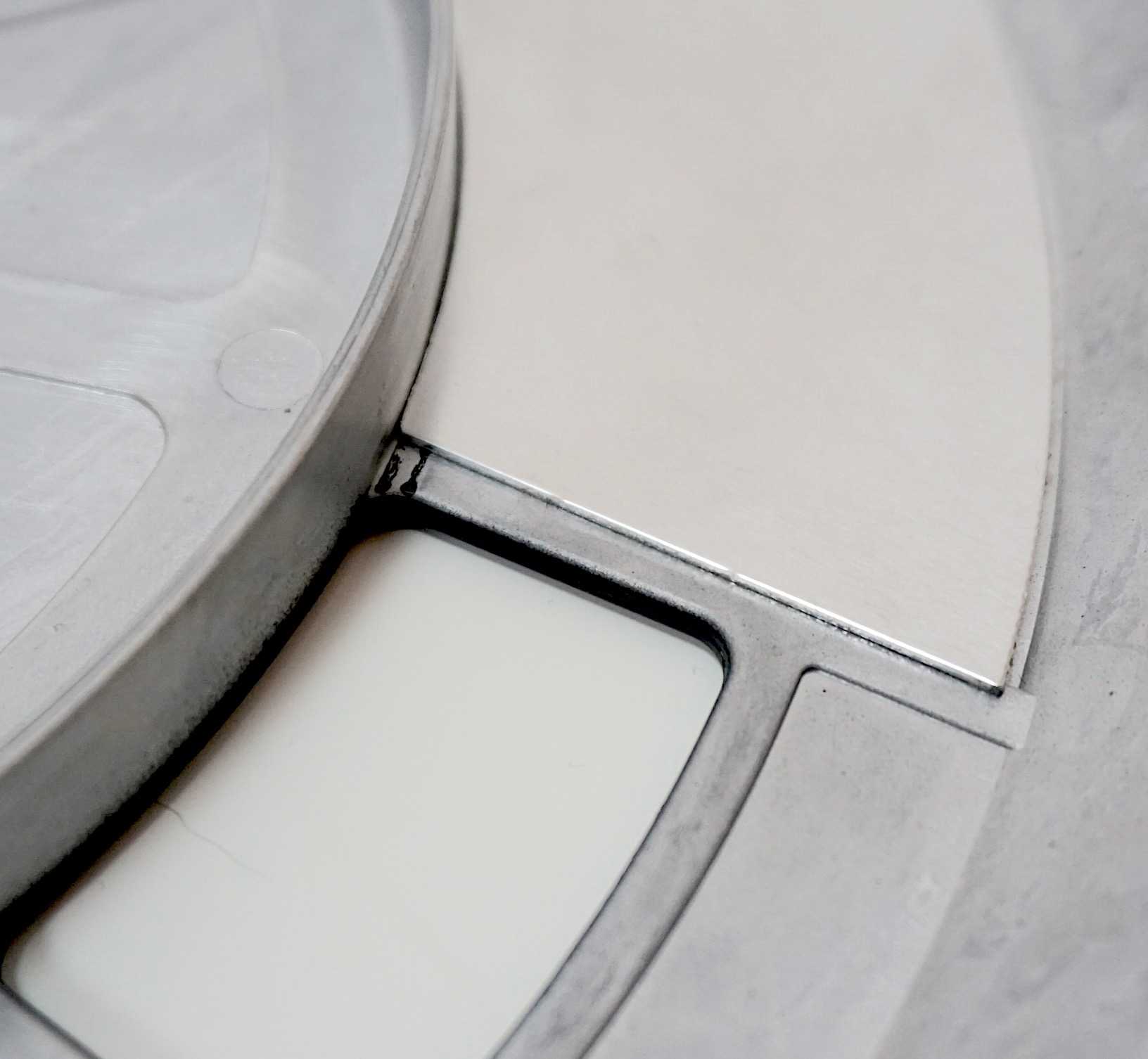

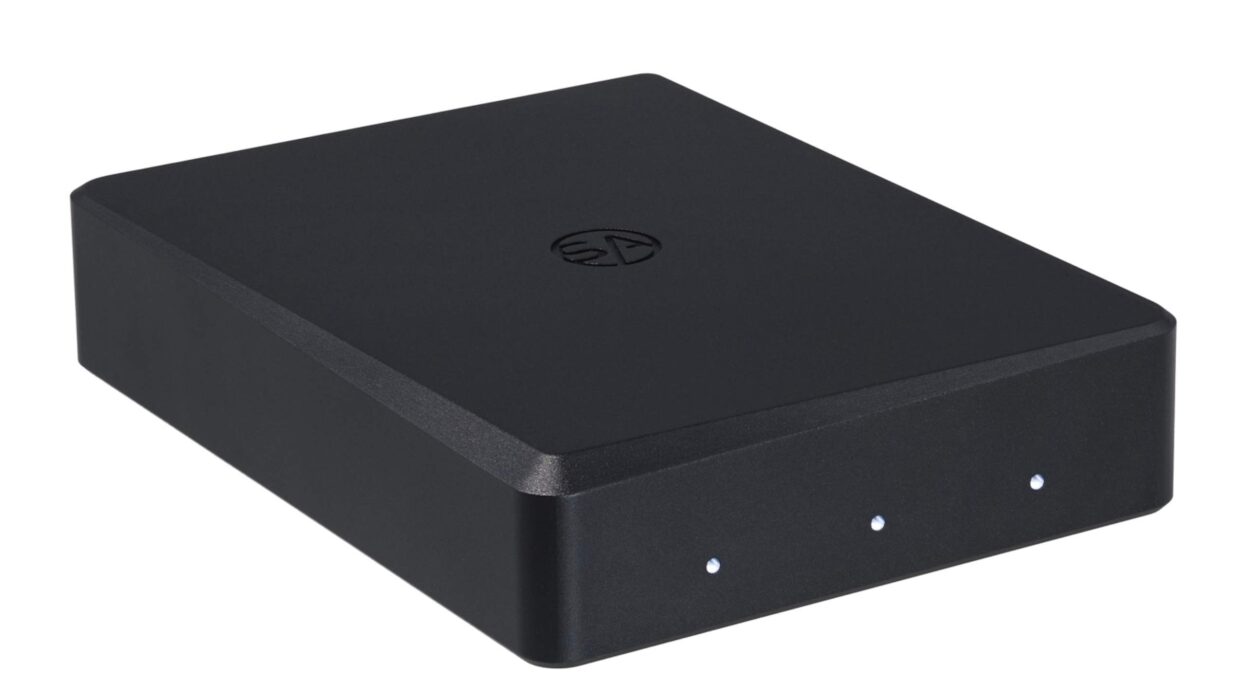

Thanks Paul. I recently replaced Rega’s standard glass platter and plastic subplatter with Delrin and Reference Groovetracer respectively and love the difference that has made. Do you recommend I add a dampening plinth for my RP3 to sit on to further reduce vibration? Love your work!
Many thanks, Brett. Sounds interesting and yes, the more isolation the better for turntables. Isolation feet on top of a plinth on top of a quality shelving system is what I do 🙂 For every layer of isolation (along with other de-noising techniques and third-party products) the better my system sounds. So yep, go for that.
Hi Paul,
Very interesting review. From your past review on Gravity One, I bought one and have been testing it since a few days.
Some records I can hear tiny differences, others I can’t; well, maybe my ears aren’t as trained as yours, ha ha!
btw, do you think the Soundeck steel can damp my glass platter( Funkfirms LSD)?
Have a nice weekend
with best regards
Jin
That’s a good question – I’ve never damped a glass platter. I’ve tended to just replace the thing, if I’ve ever gone that far, to be honest. In theory, I would say yes but before you commit, have a chat with Soundeck to gauge their opinion because they know the materials better than I.
Hi Paul,
During the ten years of R&D on our Aurigen loudspeakers , we tried semi- inflated wheelbarrow inner tubes not just under the turntable but also under bass speakers and all power amps pre amp and DAC ‘s . In fairness this was nothing new , We were standing in the shoulders of my friend of over thirty years Max Townsend ( Sadly missed) who in his usual inimitable style drove a bus through the long held view that speakers need to be firmly spiked to the floor.
The pneumatic decoupling was a game changers and we have incorporated a more commercially acceptable solution in Aurigen.
Your writing is a breath of fresh air in a world of same old same old.
Best wishes
Bill Funnell-Pilcher
Technical Director
William Eikos Ltd
Thank you, Bill.
Hi Paul,
I have a valhalla LP12(base board removed) with pandora power supply on a Mana Acoustics table soundeck feet. A soundeck mat rests on a ringmat anniversary. I used small pieces of xtreme dynamat to dampen the inside of the platter. Bass is tight, solid and well defined and the soundstage is wide and deep (2M black). Speakers are on spike sound will maglev devices.
I do use a cartridge man isolator(bought a funk firm houdini, but not yet used it) and the improvements were significant. Do you think this upgrade leads to improved definition, separation & a silkier extended treble? To give some idea of what to expect, if you prefer one particular brand of cartridge, is the upgrade similar to a cartridge upgrade, eg 2M bronze to 2M black, all things being equal?
Many thanks
David
Hi David – I do talk about the Houdini in this review so you might find what you’re looking for there: https://theaudiophileman.com/sl-1500c-upgrade-kit-review-funk-firm/